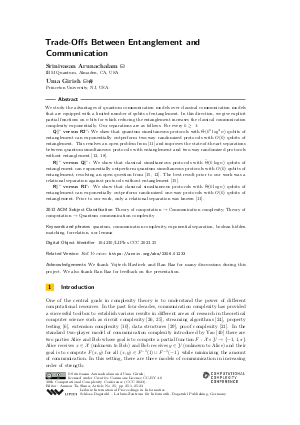LIPIcs.CCC.2023.25.pdf
- Filesize: 0.87 MB
- 23 pages

 Creative Commons Attribution 4.0 International license
Creative Commons Attribution 4.0 International license

































Feedback for Dagstuhl Publishing